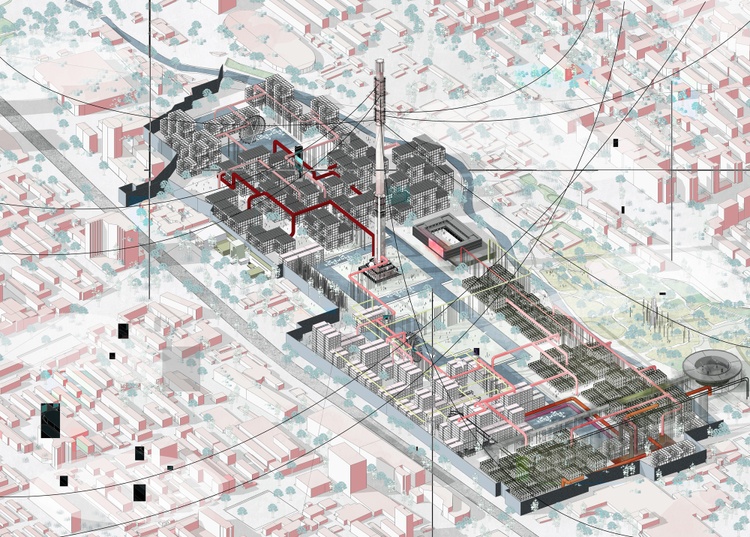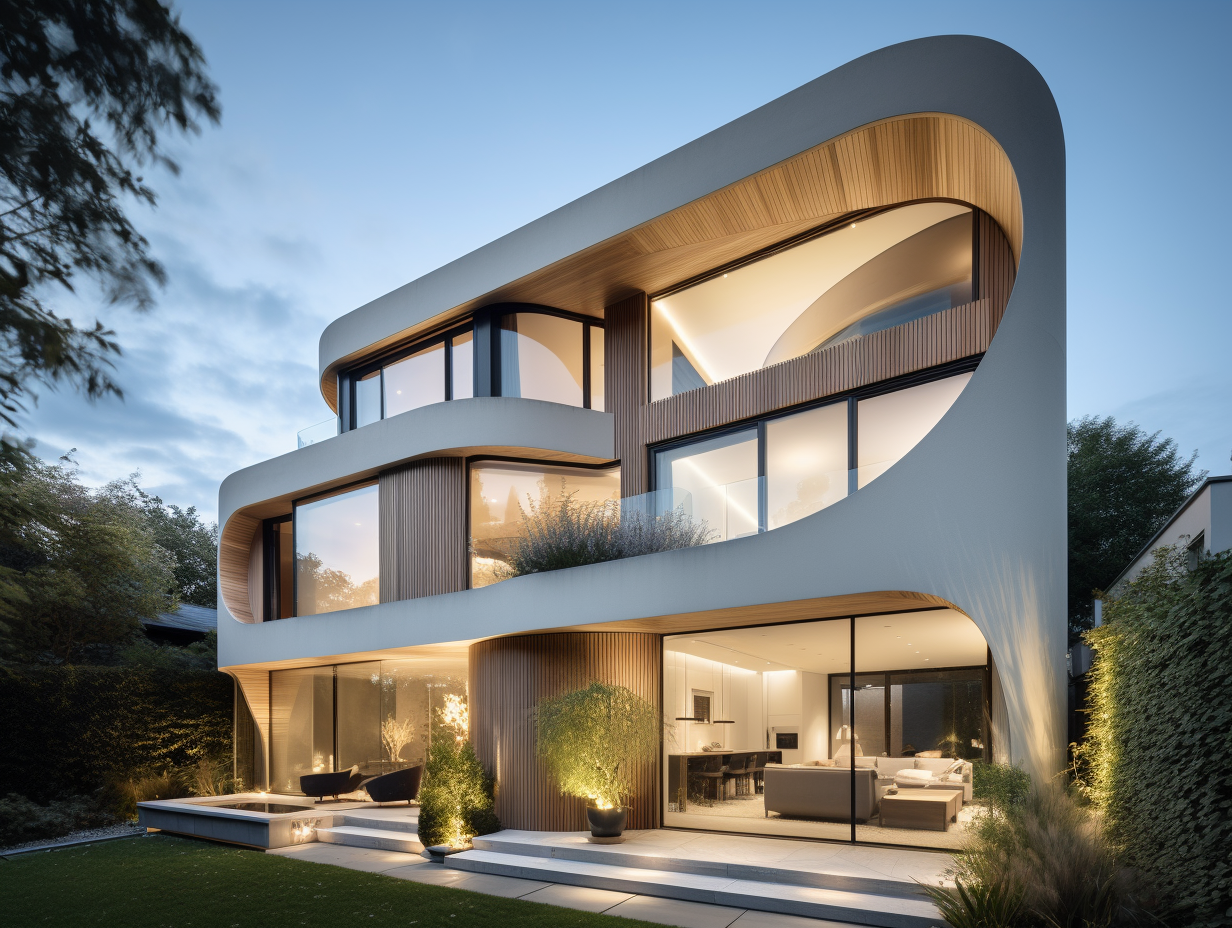Exactly How CDA Architects Combine Imagination and Functionality in Modern Design
Exactly How CDA Architects Combine Imagination and Functionality in Modern Design
Blog Article
Recognizing the Collaborative Process Between Architects and Engineers in Modern Building Projects
The joint procedure in between engineers and designers is crucial in modern-day building jobs, as it integrates style intent with engineering feasibility. This collaboration not just influences the aesthetic and practical elements of a project however likewise plays a critical function in resolving sustainability difficulties. By employing reliable communication approaches and leveraging sophisticated technologies, such as Building Details Modeling (BIM), groups can function a lot more cohesively. However, the details of this collaboration typically present distinct obstacles that can hinder development. Discovering these characteristics reveals understandings that might substantially affect task end results and total industry requirements. cda architects.
The Relevance of Partnership
The collective harmony between architects and designers is essential for the effective understanding of any type of building project. This partnership unites unique competence and point of views, enabling the integration of innovative layout with functional design remedies. By collaborating, architects and designers can make sure that a project not only satisfies visual and useful needs however likewise sticks to safety and security, sustainability, and budgetary restrictions.
Collaboration cultivates a shared vision, assisting in the placement of objectives and assumptions from the outset. This alignment is essential in attending to potential obstacles and mitigating dangers that can occur throughout the task lifecycle. In addition, a collective approach permits the efficient allotment of resources, maximizing both time and price.
The relevance of partnership encompasses the repetitive process of style and building, where responses from designers can notify building choices, leading to more practical and lasting styles. Conversely, engineers can motivate engineers to think artistically about exactly how to achieve architectural integrity without jeopardizing artistic intent. Eventually, the collaborative connection between architects and designers is not just helpful; it is essential to the production of top notch, useful, and innovative developed atmospheres that satisfy the needs of society.
Interaction Methods and Devices
Effective communication techniques and tools are essential for fostering partnership in between engineers and designers throughout the job lifecycle. Developing clear channels of communication is necessary to ensure that all staff member are lined up with job goals, timelines, and obligations. Normal meetings, both in-person and virtual, offer opportunities for stakeholders to review development, address problems, and make educated choices.

Additionally, embracing collective communication devices, such as Slack or Microsoft Teams, permits for immediate messaging, file sharing, and ongoing discussions, promoting a more active action to emerging issues. Record administration systems likewise play an essential duty in organizing job documentation, making certain that all staff member have access to the most up Get More Information to date information.
Shared Objectives and Task Vision
A merged project vision functions as the structure for effective collaboration between architects and designers (cda architects). This shared vision not only aligns the initiatives of both celebrations but additionally establishes an usual framework for decision-making throughout the task's lifecycle. By articulating clear goals, stakeholders can successfully browse the intricacies of modern building projects, making certain that both visual and functional demands are fulfilled
Developing common goals includes open discussion and a complete understanding of each technique's contributions. Engineers commonly concentrate on style intent, spatial relationships, and individual experience, while engineers highlight architectural integrity, systems functionality, and compliance with regulations. When these perspectives are straightened, the outcome is a natural job that sticks to both innovative aspirations and technological usefulness.
Furthermore, a well-defined job vision cultivates liability among team members, urging each individual to take ownership of their function in attaining the wanted end result. Normal check-ins and collective workshops can further enhance this dedication, enabling for adjustments to be made as the project evolves. Ultimately, a shared vision not just enhances teamwork yet also boosts the high quality of the last deliverable, bring about successful job completion.
The Duty of Technology
Leveraging technology has become important in enhancing partnership in between architects and designers. Structure Information Modeling (BIM) stands out as a critical technology, allowing both architects and designers to develop detailed 3D models that encapsulate design intent and structural integrity.
Additionally, cloud-based platforms make it possible for smooth collaboration, allowing task stakeholders to gain access to and upgrade job data from anywhere. This cultivates a culture of transparency and accountability, as modifications can be tracked and assessed in real-time. Furthermore, mobile applications additional enhance interaction, providing on-site teams with immediate accessibility to job requirements and updates.
Emerging modern technologies such as man-made knowledge and maker learning are likewise beginning to play a duty in anticipating evaluation, aiding groups identify prospective problems before they develop. Eventually, the role of innovation in architecture-engineering partnership not just enhances process effectiveness but likewise improves innovation, bring about more successful project end results. By accepting these technological developments, engineers and designers can make certain an extra cohesive and efficient collaborative procedure throughout the building lifecycle.
Situation Research Studies in Effective Partnerships
Many study show the extensive effect of reliable collaborations in between architects and designers on task outcomes. One significant instance is the collaboration on the High Line in Read More Here New York City City, where landscape designers, engineers, and metropolitan coordinators interacted to transform a deserted railway right into a vivid public park. This multidisciplinary method not only enhanced the visual high quality however also made certain architectural safety and ecological sustainability.

The Burj Khalifa in Dubai More hints further demonstrates the significance of collaborative initiatives - cda architects. The integration of design and engineering proficiency enabled the project team to attain extraordinary heights while adhering to safety guidelines and aesthetic vision
These examples highlight the significance of communication, trust, and shared goals. In today's complicated building atmosphere, such partnerships are necessary to navigating difficulties and providing projects that meet both functional and visionary objectives.
Verdict
To conclude, the collaboration between architects and designers is crucial for the success of contemporary building projects. Effective interaction techniques, a common job vision, and the integration of sophisticated modern technologies are important components that promote this partnership. By promoting a culture of accountability and leveraging tools such as Structure Info Modeling (BIM), groups can browse job complexities, making certain that visual, practical, and sustainability objectives are attained. Ultimately, this synergy leads to cutting-edge and effective project results.
Report this page